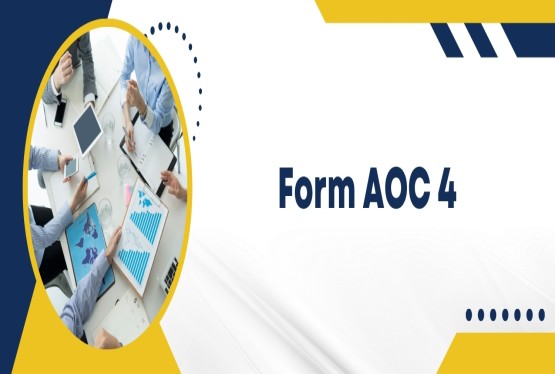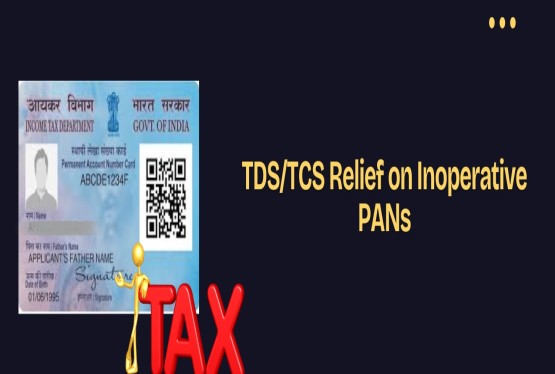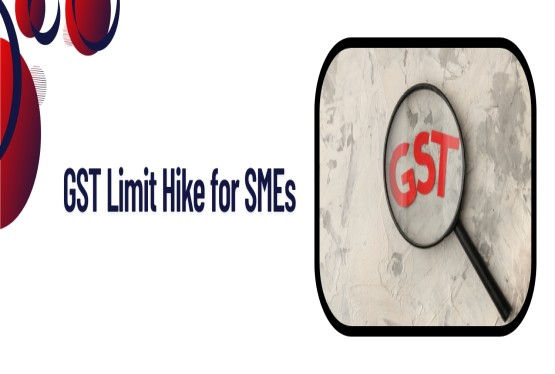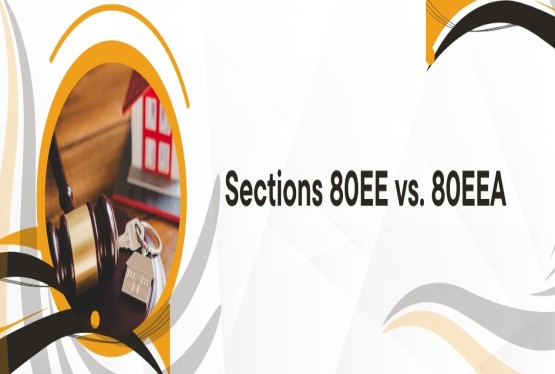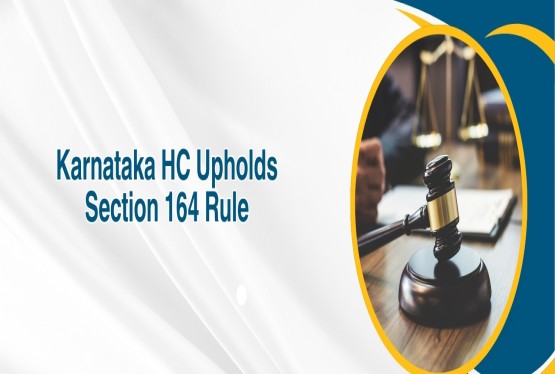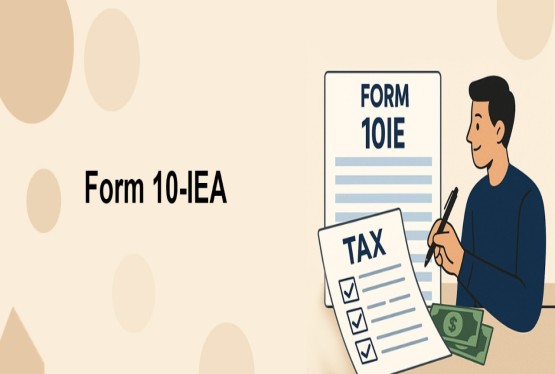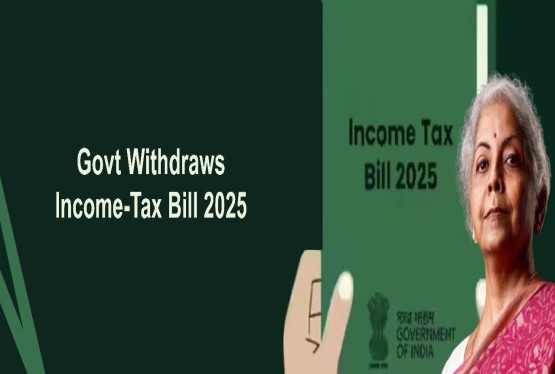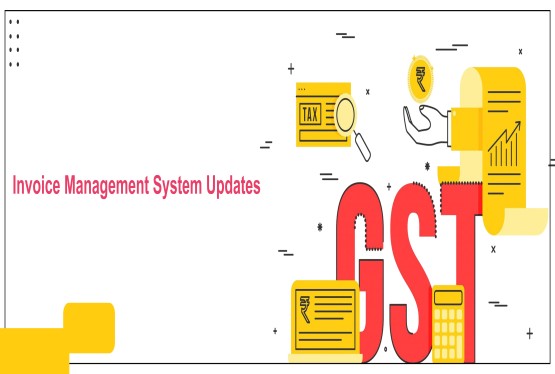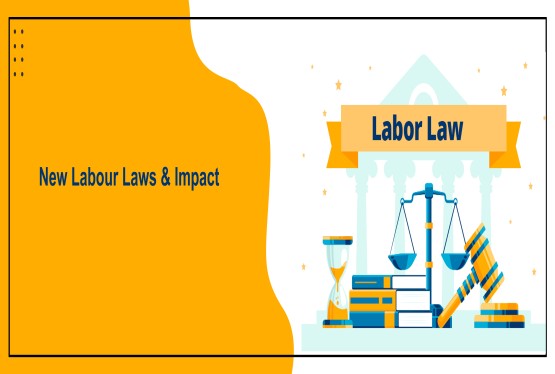Taxes play an important role in the economic development of any country. In India, they are one of the most significant sources of revenue for the central and state governments. These funds are used to build infrastructure, provide public services, and maintain national security. Therefore, as responsible citizens, it becomes important to understand the different Types of Taxes in India, how they function, and who they affect.
Tax Structure in India
India follows a three-tier tax structure. This means taxes are levied by three authorities: the central government, the state governments, and local municipal bodies. The overall taxation system in India is divided into two main categories:
-
Direct Tax
-
Indirect Tax
Each type of tax has its own features, implications, and scope. Let us explore them in detail.
What is Direct Tax?
A Direct Tax is the kind of tax that is directly paid to the government by the individual or entity on whom it is imposed. It cannot be shifted to another person. This means the person bearing the tax liability is the one who actually pays it.
For example, if you are earning income, you are required to pay income tax directly to the government. This burden cannot be passed on to anyone else. Direct taxes are usually linked to a person's ability to pay. Higher the income, the higher the tax liability, making it progressive in nature. The Central Board of Direct Taxes (CBDT) is the regulatory body responsible for administering direct taxes in India.
Types of Direct Tax in India
The following are the different types of Direct Tax in India:
Income Tax
Income tax is levied on the income earned by individuals, Hindu Undivided Families (HUFs), companies, and other types of legal entities. Every person whose income exceeds the prescribed exemption limit must pay this tax. The rates vary based on income brackets defined in the Income Tax Act.
Corporate Tax
Companies are required to pay tax on the profit they earn during a financial year. Domestic and foreign companies operating in India are both liable to pay corporate tax. The rate may vary depending on the type and turnover of the company.
Capital Gains Tax
When you sell a capital asset such as property, stocks, or bonds, and make a profit, the gain is taxed. This is known as capital gains tax. It is classified into short-term and long-term capital gains, based on how long the asset was held before selling.
Securities Transaction Tax (STT)
This tax is levied on transactions done on the stock exchange. When you buy or sell shares, derivatives, or other securities, a small percentage is collected as STT.
Gift Tax
Although abolished in 1998, certain gifts received in excess of a prescribed limit are now taxed under the head "Income from Other Sources" in the Income Tax Act.
Wealth Tax (Now abolished)
Earlier, this tax was levied on the net wealth of individuals and companies. It has been abolished from the financial year 2015-16 onwards.
What is Indirect Tax?
Unlike direct tax, an Indirect Tax is not paid directly to the government by the individual who bears the final tax burden. Instead, it is collected by intermediaries (like retailers or service providers) and then paid to the government.
For example, when you buy a product, you pay an extra amount as tax, which the shopkeeper or company later submits to the government. Thus, the tax burden is indirectly passed on to the consumer. The Central Board of Indirect Taxes and Customs (CBIC) is responsible for governing indirect taxes in India.
Types of Indirect Tax in India
The following are the different types of Indirect Tax in India:
Goods and Services Tax (GST)
GST is a unified tax that replaced many state and central taxes like excise duty, VAT, and service tax. It is levied on the supply of goods and services and follows a destination-based taxation model. It has simplified the taxation system and removed the cascading effect of multiple taxes.
Excise Duty (Subsumed under GST)
This was a tax on the manufacture of goods within India. It has now been largely replaced by GST, except for a few products like petroleum and liquor.
Sales Tax (Subsumed under GST)
Previously, sales tax was levied on the sale of goods. It included different types like wholesale tax, retail tax, and use tax. Most of these taxes have now been subsumed under GST.
Value Added Tax (VAT) (Subsumed under GST)
VAT was a multi-point tax system levied at each stage of the production and distribution chain. Like sales tax, VAT is now largely replaced by GST, except in the case of certain goods.
Service Tax (Subsumed under GST)
Service tax was levied on services provided in India. It too has been replaced by GST.
Customs Duty
Customs duty is levied on goods imported into or exported out of India. It is aimed at protecting domestic industries and generating revenue.
Octroi and Entry Tax
These were local taxes collected by municipal bodies on the entry of goods into a city. Most states have now abolished these taxes after the implementation of GST.
Entertainment Tax
This tax is levied on activities such as movie screenings, amusement parks, and other entertainment sources. It has now been brought under GST for most cases.
Toll Tax and Road Tax
These taxes are levied for using roads and highways and are collected at toll booths.
Professional Tax
Professional tax is imposed by state governments on individuals earning an income through any profession, employment, or trade.
Difference Between Direct Tax & Indirect Tax
Knowing the difference between Direct Tax & Indirect Tax is important to understand how the tax system affects individuals and businesses.
Direct Tax is imposed on income and profits. The burden of payment lies with the person or company that earns the income. It cannot be transferred to another party.
Indirect Tax, on the other hand, is imposed on goods and services. The seller or service provider collects it from the buyer and then pays it to the government. Thus, the final burden is on the consumer.
Direct taxes are progressive, meaning higher earners pay a higher percentage. Indirect taxes are often considered regressive because everyone pays the same rate, regardless of income.
Advantages and Disadvantages of Direct Tax
Advantages:
-
Promotes Equality: Direct taxes follow a progressive structure, meaning higher earners pay more. This helps bridge the wealth gap between different income groups.
-
Controls Inflation: When tax rates are high, people have less disposable income, which can reduce demand and help control inflation.
-
Stable Revenue: Since income taxes are collected regularly, they offer a reliable and predictable source of funds for government planning and welfare schemes.
Disadvantages:
-
Tax Evasion: High tax rates may tempt individuals and businesses to underreport income or hide assets to avoid paying taxes.
-
Complex Compliance: Filing income tax returns can be time-consuming and complex, often requiring assistance from tax professionals.
-
Personal Burden: Unlike indirect taxes, the individual taxpayer cannot pass on the tax burden to someone else, making it a direct financial responsibility.
Advantages and Disadvantages of Indirect Tax
Advantages:
-
Easy Collection: Indirect taxes are automatically collected at the point of sale, making the process simple and efficient for the government.
-
Wider Tax Base: Since everyone buys goods and services, even those outside the formal economy contribute to tax revenue.
-
Targeted Taxing: By imposing higher taxes on luxury or non-essential items, the government can reduce inequality and promote responsible consumption.
Disadvantages:
-
Regressive Nature: Indirect taxes apply equally to all, so low-income individuals end up paying a higher proportion of their income compared to the rich.
-
Lack of Transparency: Consumers usually don’t know how much tax is included in the final price, making it less noticeable.
-
Higher Prices: These taxes increase product costs, which can reduce consumers' ability to buy goods, especially during inflationary periods.
Conclusion
Taxes form the backbone of a country’s economic structure. Being aware of the Types of Taxes in India, both Direct Tax & Indirect Tax, helps individuals and businesses understand their financial responsibilities better. While direct taxes affect your income directly, indirect taxes impact your spending. Both are important in their own way and contribute significantly to the country’s development.
As a citizen, staying informed and compliant with tax laws is not just a legal obligation but also a contribution to the nation’s progress. Knowing how different taxes work can help you manage your finances efficiently and avoid legal complications.
If you have any queries, you can book a consultation with Compliance Calendar LLP experts through email at info@ccoffice.in or Call/Whatsapp at +91 9988424211.
FAQs
Q1. What are the two main types of taxes in India?
Ans. India broadly classifies its taxation system into two types: Direct Tax and Indirect Tax. Direct taxes are imposed directly on individuals or businesses (like income tax), while indirect taxes are levied on the consumption of goods and services (like GST).
Q2. Who is responsible for collecting direct and indirect taxes in India?
Ans. The Central Board of Direct Taxes (CBDT) handles the administration of direct taxes like income tax and corporate tax. The Central Board of Indirect Taxes and Customs (CBIC) manages indirect taxes such as GST and customs duty.
Q3. What is the key difference between direct and indirect taxes?
Ans. The main difference lies in the tax burden. In direct taxes, the individual or entity who earns the income pays the tax and cannot transfer this burden. In indirect taxes, the tax is collected from consumers when they purchase goods or services, and the burden can be passed on by the seller.
Q4. What are some examples of direct taxes in India?
Ans. Common direct taxes in India include income tax, corporate tax, capital gains tax, and securities transaction tax (STT). These taxes are based on income or profits and are paid directly to the government.
Q5. What are some examples of indirect taxes in India?
Ans. Examples of indirect taxes include Goods and Services Tax (GST), customs duty, entertainment tax, and toll tax. These taxes are included in the price of goods or services and are indirectly paid by consumers.
Q6. Why is GST considered an indirect tax?
Ans. GST (Goods and Services Tax) is levied on the supply of goods and services. Although businesses collect GST from consumers, they only act as intermediaries. The final tax burden is on the consumer, which makes GST an indirect tax.
Q7. Are professional taxes direct or indirect in India?
Ans. Professional tax is considered a direct tax, even though it is collected by state governments. It is imposed directly on individuals earning income through salary, trade, or profession.








_crop10_thumb.jpg)




































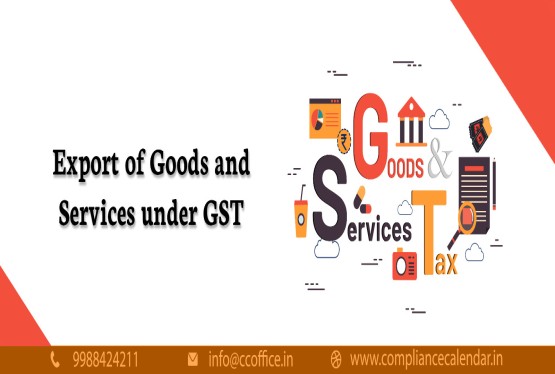













































_for_FY_2025-26_crop10_thumb.jpg)



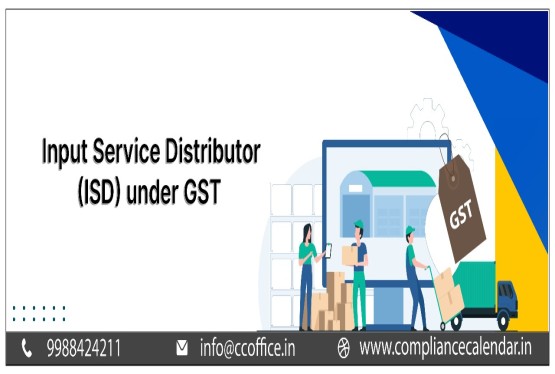








_learn_crop10_thumb.jpg)








_Filing_Due_Dates_for_FY_2024-25_learn_crop10_thumb.jpeg)
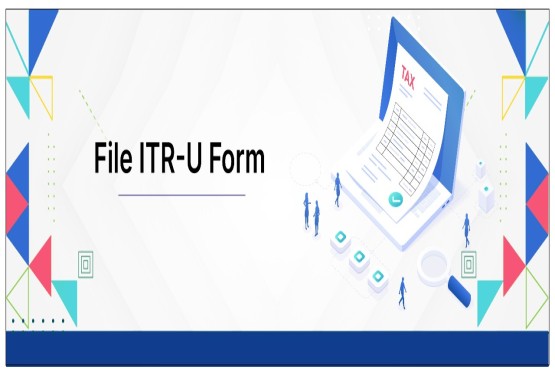
























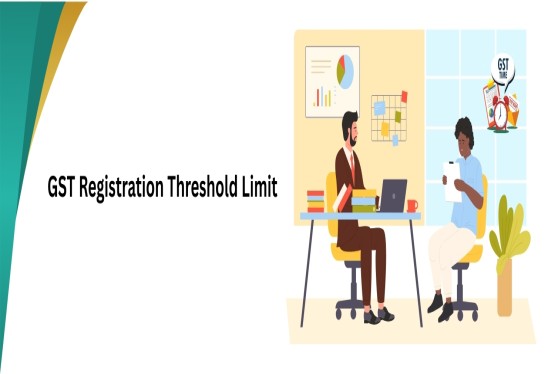
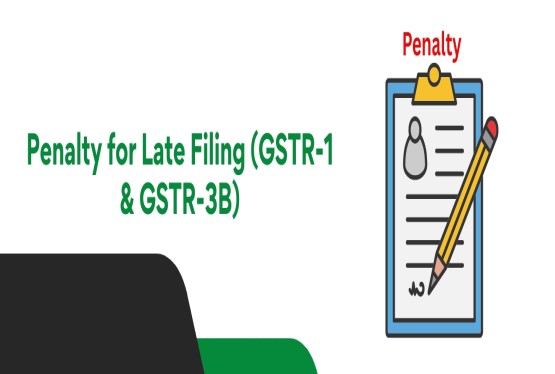












_of_GST_Act_learn_crop10_thumb.jpg)










_Under_GST_learn_crop10_thumb.jpg)









_crop10_thumb.jpg)


_crop10_thumb.jpg)






_learn_crop10_thumb.jpg)





















_of_the_Income_Tax_Act_learn_crop10_thumb.jpg)



_learn_crop10_thumb.jpg)






_learn_crop10_thumb.jpg)






_crop10_thumb.jpg)




















_in_The_Income_Tax_Act,_1961_learn_crop10_thumb.jpg)



_learn_crop10_thumb.jpg)



_of_the_Income_Tax_Act_learn_crop10_thumb.jpg)

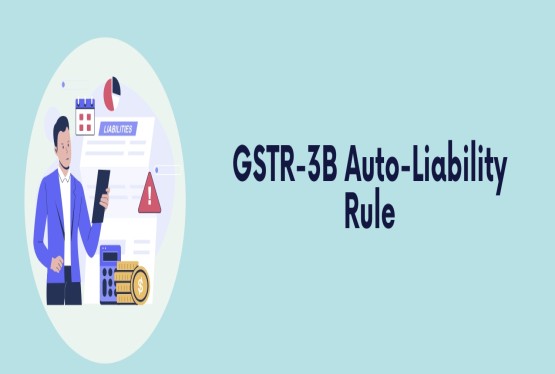
_Of_Income_Tax_Act_learn_crop10_thumb.jpg)








_learn_crop10_thumb.jpg)








_learn_crop10_thumb.jpg)
_crop10_thumb.jpg)

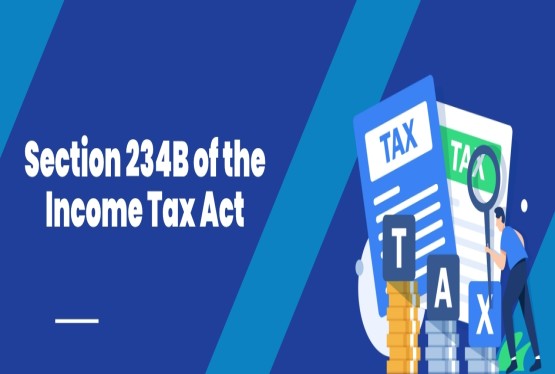




















_learn_crop10_thumb.jpg)
_for_Import_and_Export_learn_crop10_thumb.jpg)









